Tarantula Near The El Paso Museum Of Archaeology

Tarantula Near The El Paso Museum Of Archaeology
Tarantula near the El Paso Museum of Archaeology. Most tarantulas are not poisonous, and despite the size of this spider, its bite is no worse than getting a bee sting. If a tarantula bites you, wash the area where you were bitten and apply an antiseptic ointment.Tarantulas (Mygalomorphs) are the largest species of spiders in the world. Although many people consider tarantulas to be hairy and scary, it may surprise you to know that some people love them so much that they keep them as pets, and some people even eat them for dinner. http://www.wikihow.com/Identify-a-Tarantula-Spider
Report this entry
More from the same community-collection
Native Plants Program with Alex Mares - El Paso, Texas
Alex Mares, chair of the Chihuahuan Desert Education Coalition, ...
Texas Sotol Plant in the Northeast Mountains
Texas sotol has light green leaves, a short trunk, and ...
Texas Sotol Plant in the Northeast Mountains
Texas sotol has light green leaves, a short trunk, and ...
Texas Sotol Plant in the Northeast Mountains
Texas sotol has light green leaves, a short trunk, and ...
Texas Sotol Plant in the Northeast Mountains
Texas sotol has light green leaves, a short trunk, and ...
Texas Sotol Plant in the Northeast Mountains
Texas sotol has light green leaves, a short trunk, and ...
Texas Sotol Plant in the Northeast Mountains
Texas sotol has light green leaves, a short trunk, and ...
Texas Sotol Plant in the Northeast Mountains
Texas sotol has light green leaves, a short trunk, and ...







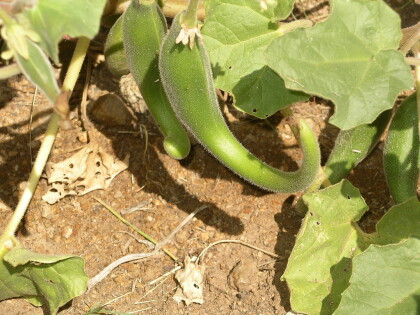


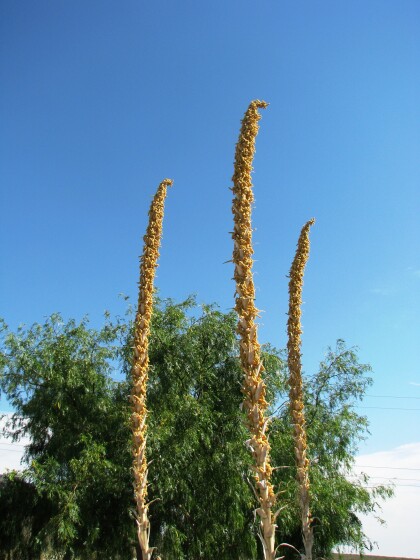
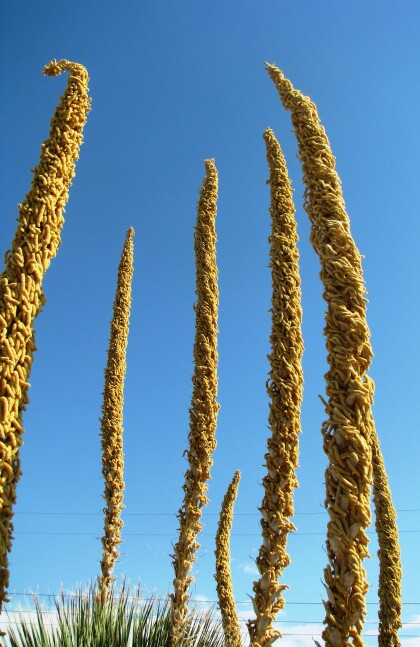



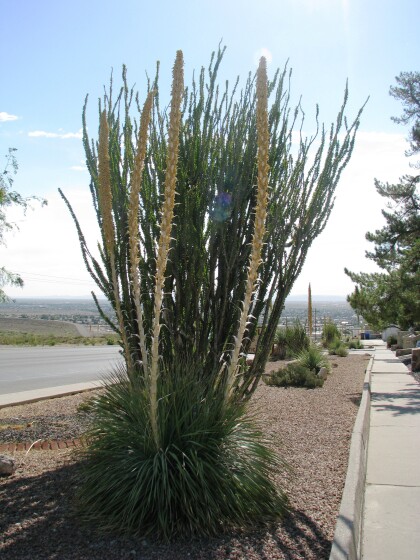





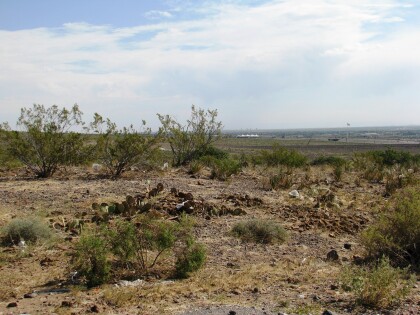

Tarantulas are venomous not poisonous. Venom bites you. You bite poison. All tarantulas have a form of venom. The difference is a new world tarantula kicks urticating satae or hairs and old world does not. Old world Tarantulas have medically significant venom, meaning it can cause nerve damage and pain in the bite site for 2 to 6 months. It should not kill you unless you have a serious allergy. New world tarantulas have non medically significant venom and can cause pain on an average of up to 6 weeks.